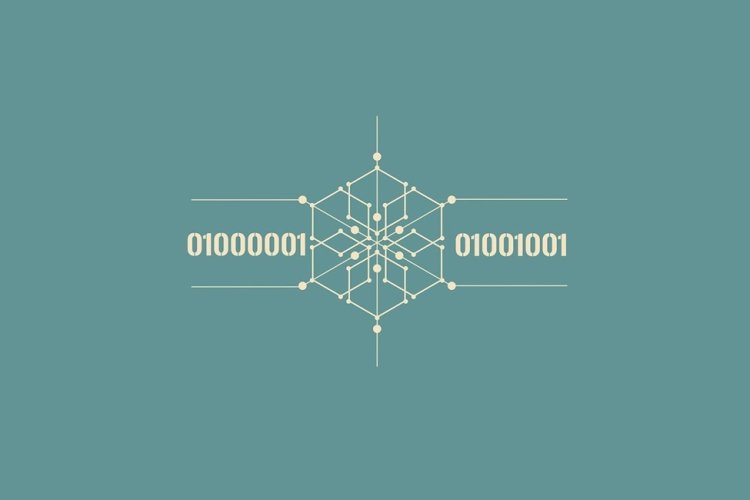Driving Efficiency with Generative AI: Reducing Automation Efforts in Testing
Generative AI can mimic human capabilities to an astonishing level, raising fears about AI replacing humans. However, it’s important to understand that Generative AI will only empower humans and not replace them. Leaders across organizations are realizing that they can actually unlock exceptional accomplishments by nurturing this collaboration between humans and Generative AI.
Share this Post to earn Money ( Upto ₹100 per 1000 Views )

Today is just the beginning of Generative AI and its countless benefits. Generative AI applications such as ChatGPT, GitHub Copilot, DeepArt, and others have taken the world by storm by unleashing a wave of innovation, creativity, and productivity. We are now able to do tasks that were previously unimaginable.
Generative AI – Catalyst or Replacement?
Generative AI can mimic human capabilities to an astonishing level, raising fears about AI replacing humans. However, it’s important to understand that Generative AI will only empower humans and not replace them.
Leaders across organizations are realizing that they can actually unlock exceptional accomplishments by nurturing this collaboration between humans and Generative AI.
So what are the potential business benefits?
Generative AI is being used to create new and unique content, spanning across various domains like art, music, graphics, social media, and beyond. Let us explore some of the business benefits it can offer when used in the software engineering disciplines.
Generative AI Use Cases
Let’s consider a scenario where a software application is being developed for a banking platform and needs to be tested. Now, let’s see how Generative AI can help us reduce manual effort, accelerate testing cycles, and help us improve efficiency across the following use cases.(Generative AI in software testing)
Test Case Generation
Generative AI can help in generating comprehensive test cases by analyzing the requirements and existing code of the application. You can also use it to cover positive and negative test cases and edge cases.
For the banking application example, it can generate test cases to cover various scenarios such as creating new accounts, making fund transfers between different account types, testing different transaction limits, and verifying balance.
Code Completion
Imagine the amount of time developers can save if they could get recommendations and code snippets to expedite the coding process. Generative AI understands the semantics and structure of the existing code and thus provides accurate suggestions.
Examples include CodeAI and GitHub’s CoPilot. They use contextual understanding, trained models, and code repositories to generate code snippets, accelerating the coding process and aiding the developers in reducing human errors.
According to Mckinsey research, technology companies are already using Generative AI such as Replit which is being used by more than 20 million coders today.
Test Data Generation
Thorough application testing requires a diverse range of test data to simulate different scenarios and ensure overall test coverage. Generative AI can help create realistic test data.
For the banking application scenario, it can generate sample customer account details, names, addresses, and other required test data.
Code Optimization
The development teams work on applications that involve complex code and algorithms. Generative AI algorithms can analyze code and identify any performance bottlenecks. They can also propose code refactoring suggestions to enhance readability.
For example, it can identify inefficient algorithms or resources used in any feature that takes up the maximum CPU usage, and suggest alternative implementations that improve the execution speed. This simplification reduces the complexity of the code, making it easier to test and maintain.
Defect Identification and Prediction
With Generative AI, it’s easier to identify possible coding errors or any deviations from the coding standards. By leveraging AI and machine learning techniques, it can learn from previous defects, detect patterns and also predict defects.
For example, Webomates’ AI Defect Predictor helps the development and QA teams that use CI/CD service to reduce their triage time. This proactive approach enables the development and testing teams to correct their code and reduces the overall effort required in automation testing.
Generate Documentation
By extracting data from code, test cases, and other resources, generative AI can automate the documentation process. Developers and testers don’t have to spend their time manually updating and creating documentation, which saves them time and effort.
Accenture is testing the use of OpenAI LLMs to automatically generate documentation – for example, SAP configuration rationale and functional or technical requirements.
Limitations of Generative AI Capabilities
Although the software development and testing teams are opening up to using Generative AI in software testing, it still comes with a set of unique challenges and limitations.
How Can Webomates Help?
Generative AI is here. And as it keeps evolving, it will unlock new possibilities for improved efficiency and innovations. Meanwhile, we can leverage it to transform our application testing and automation efforts.
Webomates understands that AI-based software testing speeds up product releases and generates the promised business value. It’s an industry- and tool-agnostic solution to optimize testing in various scenarios.
Schedule a demo to discover the full potential of our AI-driven software testing solutions that can boost your business outcomes, increase productivity, and accelerate product releases. You can also reach out to us at info@webomates.com
#GenerativeAI #AISolutions #ArtificalIntelligenceInnovation #AIFuture#GenerativeTechnology












